5 Steps to Improve the Sustainability of Your Packaging
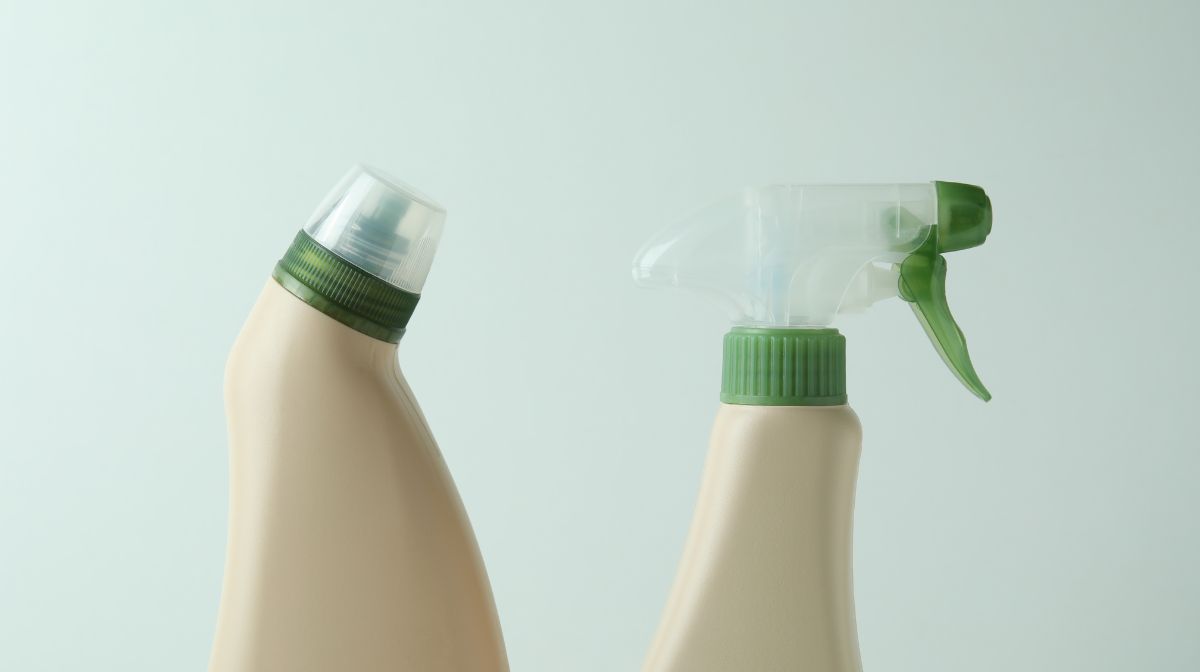
As consumer demand and regulatory expectations continue to rise, businesses are under increasing pressure to adopt environmentally friendly packaging solutions. One of the most impactful ways to meet these expectations is by focusing on sustainable product packaging. Understanding how to make packaging more sustainable is essential for reducing environmental impact, enhancing brand reputation, and staying competitive in a rapidly evolving market. In this article, we’ll explore five actionable steps to improve the sustainability of your packaging and help your business implement environmentally friendly packaging practices that align with both sustainability goals and customer values.
The Impact of Unsustainable Packaging
Unsustainable packaging has significant environmental and social consequences. According to a 2018 study by the EPA, more than 82.2 million tons of packaging waste end up discarded each year in the United States alone.
Globally, the crisis is escalating. A recent study reported that 220 million tons of plastic waste were expected to be generated in 2024, a 7.11% increase since 2021. Alarmingly, over one-third of this plastic waste will be mismanaged at the end of its life. Much of this waste ends up in our ecosystems, filling up landfills, polluting rivers and oceans, and releasing harmful chemicals into soil and water, which ultimately affect human health.
Packaging waste is one of the largest contributors to this problem. To reduce waste in the supply chain, businesses must rethink how products are packaged, focusing on sustainable materials and eco-friendly packaging design. However, voluntary efforts alone aren’t enough. That’s why programs and regulations like Extended Producer Responsibility (EPR) are becoming essential. To stay ahead of these changes and make a meaningful impact, businesses need clear, actionable strategies. Here are five practical steps you can take to improve the sustainability of your packaging and reduce its environmental footprint.

1. Conduct A Thorough Sustainability Audit
Improving packaging sustainability begins with a clear understanding of your current practices, and that starts with a thorough sustainability audit. This foundational step enables your business to uncover environmental impacts, identify opportunities for greater efficiency, and ensure alignment with evolving regulations and EPR laws.
A well-executed audit takes a holistic view of your packaging, from the materials and components used to the environmental footprint across its entire lifecycle, to the practices of your supply chain partners. It reveals where waste can be reduced, where compliance gaps may exist, and where smarter, more sustainable choices can be made.
Beyond compliance, the audit provides the data needed to set meaningful, measurable goals. It becomes a roadmap for innovation, helping you reduce emissions, optimize logistics, and transition toward circular packaging solutions. Most importantly, it empowers your organization to make informed decisions that drive long-term environmental and business value.
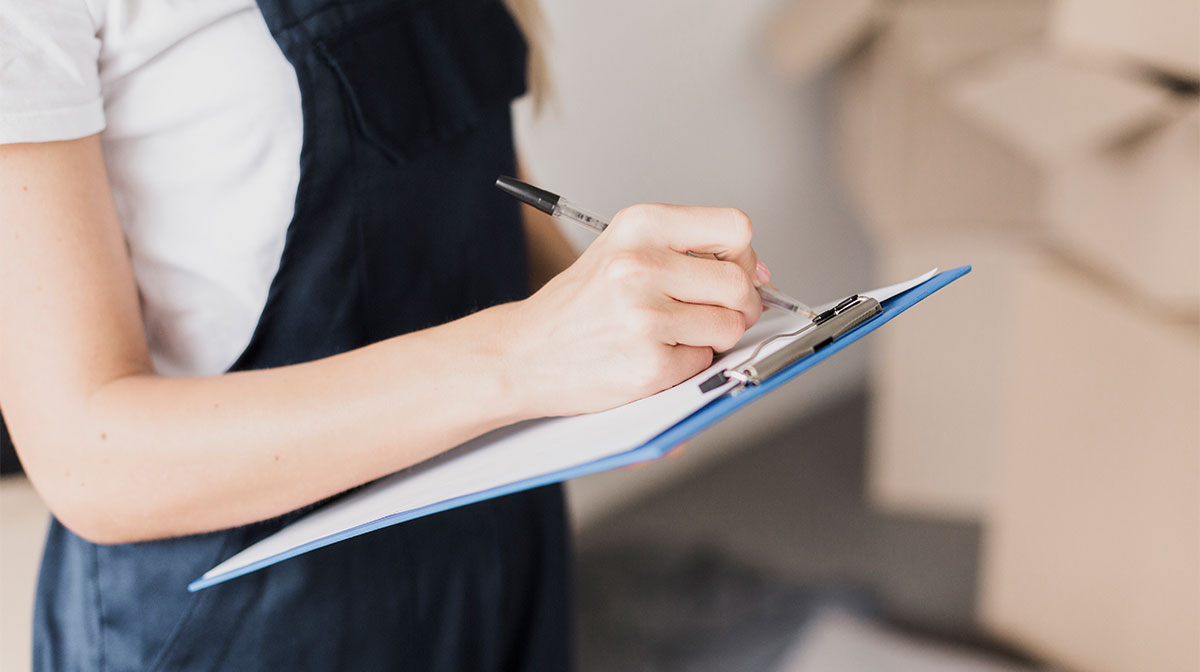
2. Choose and Implement Sustainable Materials
Choosing the right sustainable packaging materials is one of the most critical—and often most overwhelming—steps for businesses aiming to reduce their environmental footprint. In the United States, many people search online for answers to questions like, “What is the most eco-friendly packaging material?” and the responses can be surprising.
For example, glass is frequently assumed to be the ultimate eco-friendly packaging choice because it’s endlessly reusable and recyclable. However, the reality is more complex. Glass production is highly energy-intensive and generates significant carbon emissions. Additionally, much of the glass used in U.S. packaging is imported, further increasing its environmental impact due to transportation-related emissions.
Surprisingly, some of the most sustainable packaging materials available today are recycled monoplastic options like rPET. Unlike mixed plastics that combine additives like PP or PS, rPET is composed purely of PET, making it easier to recycle and keeping it in the circular economy for longer. Although each recycling cycle can slightly degrade its quality, rPET remains fully recyclable, helping reduce demand for new plastic production, conserve resources, lower energy consumption, and minimize environmental impact.
Start with reviewing every component of your packaging, including plastics, paper, coatings, inks, and adhesives. Identify which materials are recyclable, compostable, or reusable, and which may contribute to landfill waste or pollution. Evaluating upfront costs against long-term savings allows businesses to identify packaging materials that not only lessen their environmental impact but also create operational and financial value over time.
It’s normal for businesses to feel hesitant about switching to new materials, especially when considering potential disruptions to existing processes. However, thorough research, careful supplier comparisons, and clear ROI analysis can empower companies to make confident decisions and transition smoothly to sustainable packaging solutions.
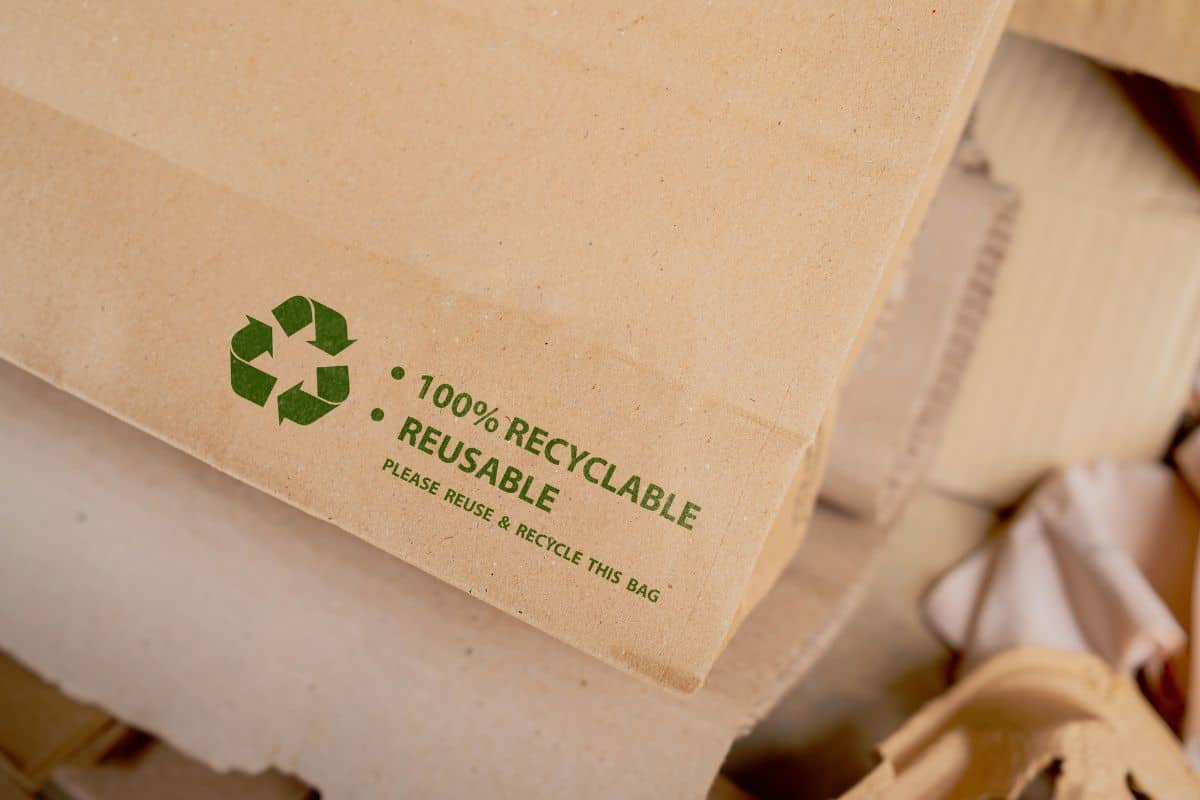
Exploring Sustainable Packaging Materials
Renewable and easily recyclable materials are powerful tools for building sustainable packaging strategies. Options like biodegradable plant-based plastics derived from natural resources like seaweed, sugarcane, and corn use renewable materials to create packaging solutions that break down in the right environments and conditions. Bioplastics like these are great for personal care products and pharmaceutical or nutraceutical bottles.
Another option is FSC-certified paper, which ensures that paper products come from responsibly managed forests, helping preserve ecosystems and support biodiversity. Paper packaging is often used in the food and beverage industry (with coatings that will require their own research on sustainability), for fiber drums, and for secondary and tertiary packaging to protect the products as they move through the supply chain.
Mycelium packaging, grown from mushroom roots, is compostable, lightweight, and can be molded into protective packaging shapes for items like electronics, glass bottles, or cosmetics.
Choosing certified or naturally derived materials helps reduce environmental impact and strengthens your brand’s commitment to sustainability.
Recycled Plastics
While plastic often gets a bad reputation, it remains essential for packaging certain products due to its barrier properties, durability, and cost-effectiveness. In these cases, designing sustainable plastic packaging means making smarter material choices, such as transitioning from virgin plastics to recycled alternatives like rPET.
Recycled plastics offer a significantly more sustainable solution. For example, producing rPET consumes less energy and generates fewer greenhouse gas emissions compared to virgin plastic. When choosing between recycled plastic options, consider factors like clarity, print performance, and availability in your region. For example, rPET is excellent for clear beverage bottles and personal care containers, while recycled HDPE works well for opaque applications like detergent bottles or industrial packaging.
Incorporating post-consumer recycled materials into your packaging strategy helps close the loop and reduces reliance on virgin resources, making it a necessary step in advancing your sustainability goals.
Void Fillers & Insert
Protective packaging is crucial during shipping, but traditional plastic fillers can add unnecessary waste. Sustainable alternatives include corrugated cardboard dividers, molded pulp inserts, and compostable air pillows. These options offer excellent cushioning and product protection while being recyclable or compostable, contributing to a more eco-friendly supply chain. For example, molded pulp inserts are ideal for electronics or glassware, providing a premium unboxing experience without the environmental impact associated with foam or plastic fillers.
By taking a strategic approach to choosing and implementing sustainable materials, businesses can balance environmental responsibility with practical, cost-effective solutions, meeting consumer expectations and regulatory demands while supporting a greener future.
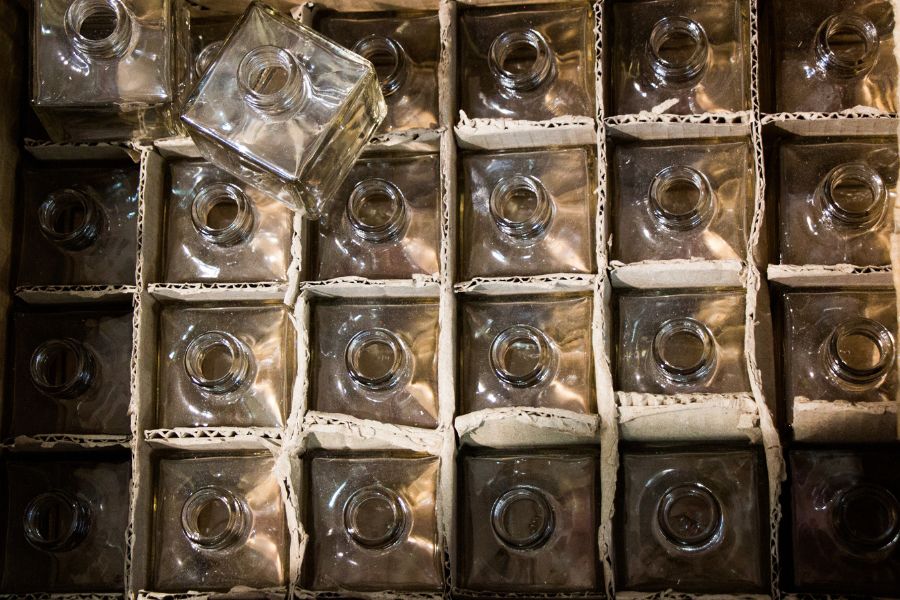
3. Optimize Your Packaging Design
Smart packaging design is one of the most effective ways to make packaging more sustainable. Many businesses ask, “How can we redesign a package to make it more sustainable?” or “How do we design for reusability?” Yet the answers go beyond simply swapping materials. Sustainable packaging starts with design choices that reduce waste, improve product protection, and minimize environmental impact throughout the supply chain.
From reducing carbon footprints to optimizing packaging size, businesses have powerful tools to cut waste and costs without compromising product integrity or customer experience. Let’s explore some practical ways to make packaging smarter and more sustainable.
Know the Carbon Footprint of Your Product
Understanding your product’s carbon footprint is essential for making packaging more sustainable. If you’re wondering how to reduce your environmental impact, the answers start with knowing the total emissions generated throughout your product’s lifecycle, from raw material extraction and manufacturing to transportation, warehousing, and final delivery.
Calculating these emissions across complex global supply chains can be challenging. Factors like transportation modes, material sourcing, and energy output all influence your carbon footprint. Fortunately, tools such as carbon tracking platforms and emissions databases can help businesses gather accurate data and identify hotspots where sustainability improvements will have the most significant impact.
By knowing your product’s carbon footprint, you can make informed decisions about material choices, packaging designs, and logistics strategies to reduce your environmental impact and meet regulatory requirements and customer expectations for greener products.
Use Virtual Sampling to Reduce Waste
One way to improve sustainability is through virtual sampling. Companies can design and test packaging ideas digitally instead of producing multiple physical prototypes, which require materials, time, and energy.
This digital process significantly cuts down on prototyping waste, shortens development timelines, and reduces manual labor. Virtual sampling allows teams to visualize and refine structural designs, branding, and graphics, ensuring they get the look, fit, and functionality right before creating any physical samples.
By integrating virtual sampling into your design workflow, you not only save costs but also lower your carbon footprint, contributing to a more sustainable and efficient packaging process.
Minimize Packaging Size
Right-sizing your packaging is one of the simplest and most impactful ways to reduce waste and emissions. Consumers also notice excessive packaging and often associate it with a negative brand experience.
Oversized packaging wastes materials and also increases shipping volume and weight, leading to higher transportation costs and greater carbon emissions. For example, the EPA reports that packaging adds millions of tons of waste each year. Meanwhile, shipping carriers charge based on dimensional weight, meaning larger packages can significantly inflate logistics expenses even if they’re lightweight.
Implement Efficient Manufacturing Processes
Waste can result from outdated equipment, inefficient workflows, or excessive reliance on fossil fuels. If manufacturing processes aren’t streamlined, businesses risk increased emissions, resource waste, and costly downtime.
Investing in environmentally-friendly machinery, energy-efficient tools, and modern production technologies helps reduce your environmental footprint while improving productivity and cost efficiency. For instance, equipment designed for precision cutting minimizes material waste, while energy-efficient compressors and lighting systems lower your facility’s overall energy use.
Additionally, consider renewable energy sources or carbon offsets to further reduce your manufacturing emissions. Sustainable manufacturing not only benefits the environment but also strengthens your brand reputation and prepares your business for evolving regulatory requirements and consumer expectations.
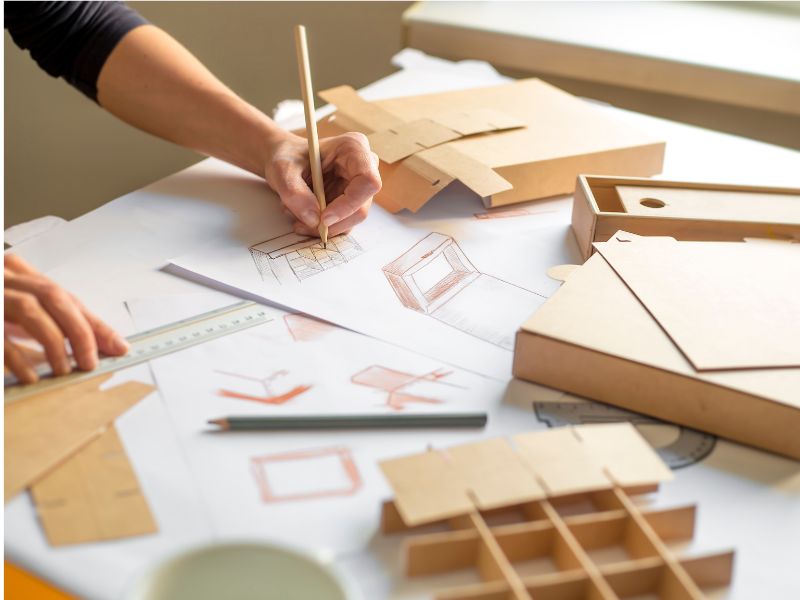
4. Enhance Your Supply Chain Sustainability
A sustainable packaging strategy isn’t complete without a sustainable supply chain to support it. While many businesses focus on eco-friendly packaging materials or innovative designs, true sustainability requires alignment across every stage of production and distribution.
Environmental watchdogs and regulatory frameworks, such as the EPA, the EU Green Deal, and certifications like FSC and ISO 14001, set high expectations for sustainability. These certifications aren’t just regulatory requirements; they are powerful trust signals for customers and stakeholders who increasingly demand transparent, ethical practices.
Transparent, collaborative partnerships share the burden of regulatory compliance and create confidence that sustainability goals can be met without sacrificing efficiency or profitability. Investing in a sustainable supply chain positions your business as an industry leader and provides a significant edge in a marketplace increasingly shaped by eco-conscious consumers and strict environmental policies.
5. Encourage & Promote Customer Sustainability
Today’s consumers expect more than quality—they want brands to act responsibly and take real steps toward sustainability. Guiding them to make better end-of-life packaging choices not only helps reduce waste but also reinforces your brand values and builds loyalty.
By leading with transparency and purpose, your company can position itself as a sustainability leader. Simple actions like educating consumers, designing for reuse, and making recycling easier support a circular economy and show your environmental commitment. These efforts turn customers into engaged advocates who support your mission long term.
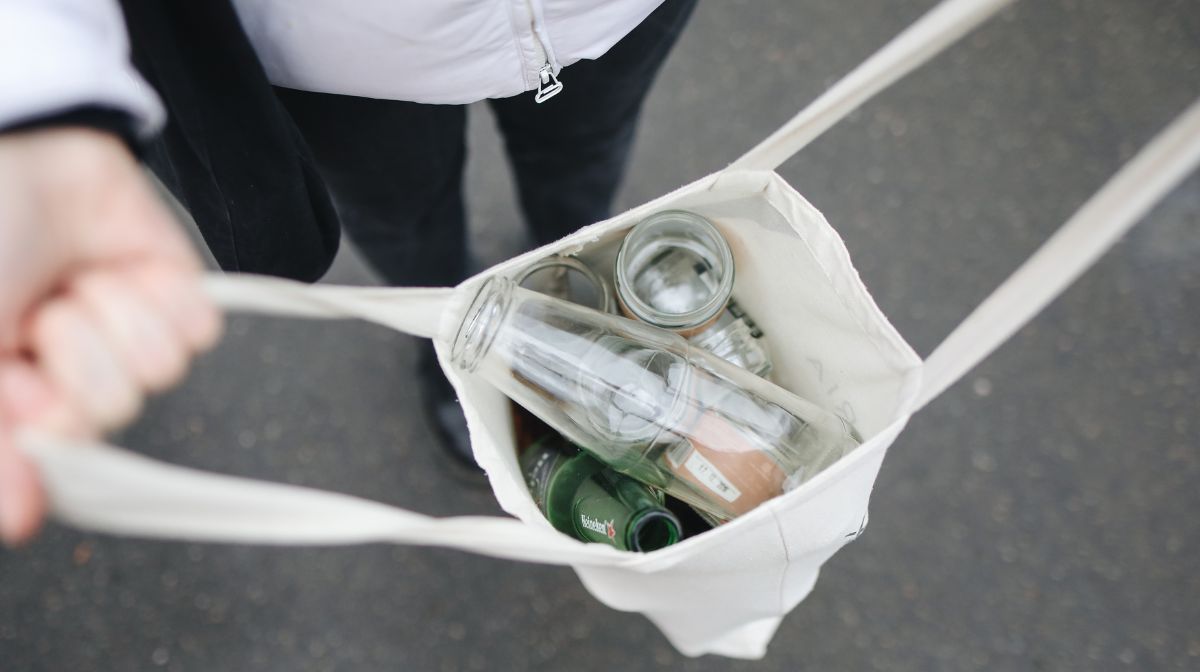
Where Possible, Offer Return, Refill, and Reuse Options
Integrating return, refill, and reuse models into your packaging strategy helps reduce waste and extend the life cycle of sustainable packaging materials. Many brands now offer durable containers with lower-cost refill options, while food service providers are turning to reusable takeout packaging.
These systems not only reduce single-use waste but also build customer loyalty by reinforcing sustainable habits. They show a genuine commitment to environmental responsibility and help set your brand apart from those still using disposable packaging.
Inspire Customers to Reuse
Brands can inspire customers to reuse by incorporating messaging directly onto packaging or through interactive features like QR codes that link to creative reuse ideas. This approach turns sustainability into a brand-building tool while helping customers reduce waste in their everyday lives.
Make Recycling Easy with Clear Labeling
Even the most sustainable product packaging can end up in landfills if consumers don’t know how to dispose of it properly. Recycling systems vary widely by region, leaving many people confused and discouraged. Clear, consistent, and visible labeling helps customers recycle correctly and boosts overall recycling rates.
For example, a label might read, “Remove label before recycling” or “Place cap in recycling bin.” This small step can have a big impact on reducing landfill waste and positioning your brand as a trusted sustainability leader.
Educate and Engage Your Stakeholders
Start by communicating your sustainability goals and explaining the reasons behind proposed packaging changes. Share data, case studies, and measurable benefits to make your case compelling and actionable. Engaging stakeholders early fosters alignment, sparks innovation, and creates internal champions who help drive your sustainability initiatives forward.
Monitor Progress and Continuously Improve
No matter what sustainable processes or materials you adopt, it’s imperative to track progress, analyze results, and stay open to new innovations.
Regularly monitor metrics such as waste reduction, carbon footprint, customer feedback, and cost efficiency. These insights might reveal opportunities to adopt better materials, redesign packaging for greater efficiency, or introduce new reuse models.
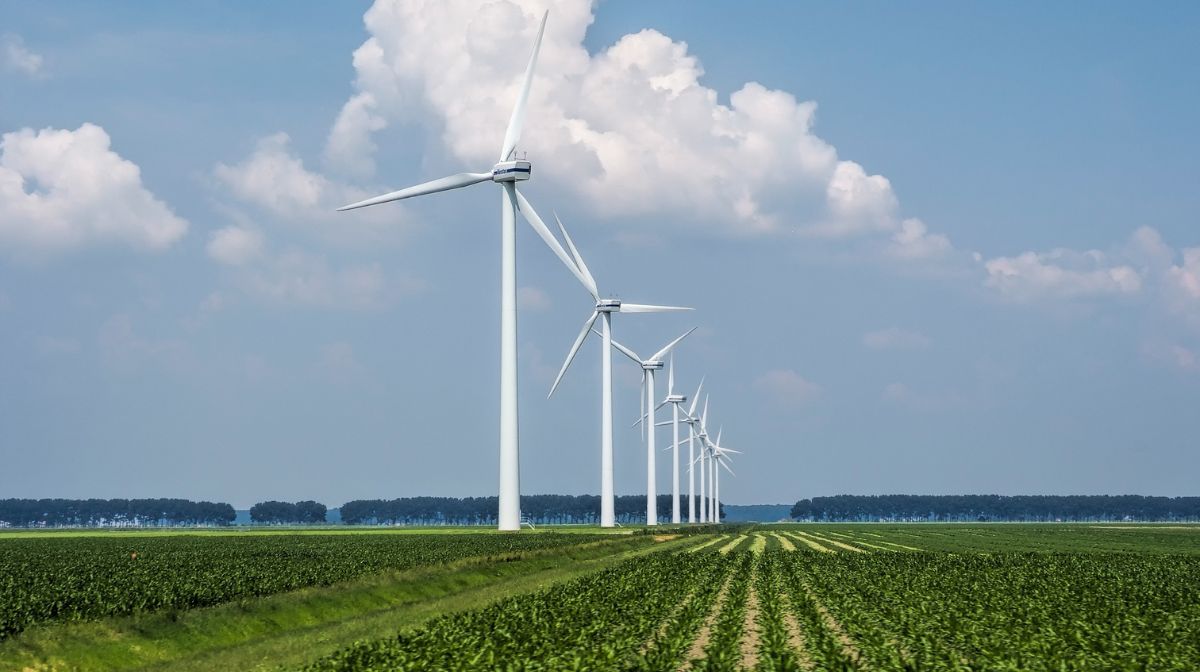
Smarter, More Sustainable Packaging with Paramount Global
Building a sustainable packaging strategy is a complex challenge. At Paramount Global, we know how to make packaging more sustainable. We specialize in helping companies tackle sustainability challenges, differentiate between recyclability vs. sustainability, innovate with sustainable packaging materials, streamline operations, and stay compliant in a fast-changing regulatory landscape.
Whether you’re exploring sustainable materials, rethinking your packaging design, or seeking ways to enhance supply chain efficiency, Paramount Global is your trusted partner for smarter, more sustainable solutions.
Contact us today to schedule a free packaging assessment consultation. Let’s build a packaging strategy that’s better for your business and the planet.
Hayley is a marketing professional and copywriter with a background in crafting content for a diverse range of industries. She has been writing about packaging and supply chain logistics for Paramount Global since 2022. She specializes in explaining complex topics in a clear and engaging way and is an advocate for sustainability in packaging and supply chain management.
Read More
For over forty years, Paramount has been delivering perfectly integrated packaging and supply chain solutions.
